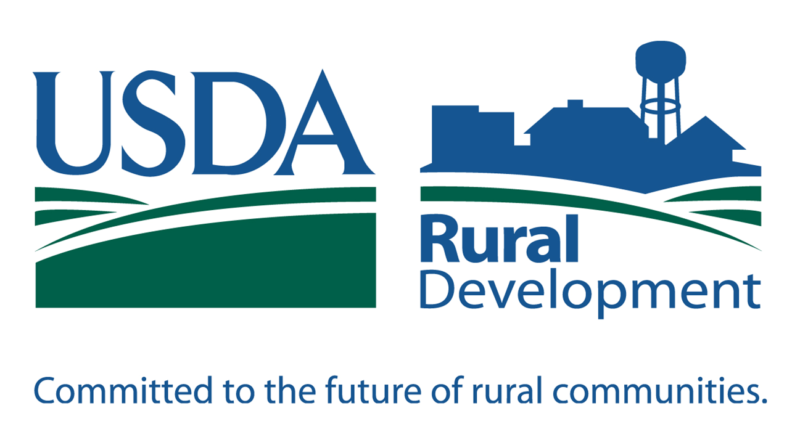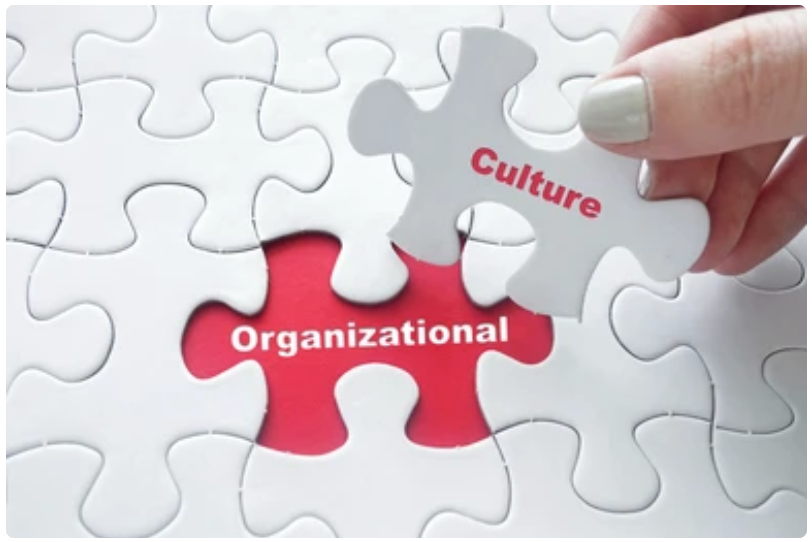Blog
20 Apr One Size (of Diversity) Will Not Fit Most, by AGS Staff
As grant writers, we help secure much-needed funding so projects or programs can fulfill their objectives. As our society evolves, more and more funders are including cultural competency questions in their grant applications. Funders want to know that investing in your organization’s project or program helps a vast array of people and that your organization is cognizant of serving people in a way that is inclusive, respectful of diversity, and equitable. However, much like the for-profit world, the non-profit sector is not always diverse or culturally competent.06 Apr “You Don’t Look Good in Orange” by Whitney Gray, GPC
During my years as the staff grant writer/developer/manager at a small liberal arts university, I had the privilege of working with exceptionally talented faculty members who were passionate about developing their programs with grant funding. I also had the privilege of working with executive level administrators skilled at driving the strategic plan and maintaining the daily operations of the university. Neither stakeholder group had the time or inclination to wade through the minutia of funder requirements. That was my job. Described below are some of the strategies I found effective for educating key personnel and organization administrators about the “shall” and “shall not” of funder requirements.29 Mar Conducting Mission-Focused Planning and Needs Assessments with Applicant Organizations: Part 2 – Assessing the Need Written by Julie Alsup, GPC and Tom Assel, GPC
Posted at 20:42h
in Competency Two, Julie Alsup, GPC, Organizational Readiness, Program Design, Program Development, Thomas Assel, GPC
In Part 1, we talked about finding and using existing needs assessments. But suppose no appropriate needs assessment data already exists. How do you start the needs planning process?
22 Mar Grant Pro Tips for Discussing Budget Planning by AGS Staff
There are many ways to think about budgeting in relation to grants. Essential to a well-run grants program is planning what discerns program or project creation needs from budget relieving needs. Program/project creation - funds to help create a new program or project that aligns with the organization’s mission. Budget relieving - funds that help ‘plug’ holes and relieve existing expenses.16 Mar Cultivating Buy-In by Tracey Diefenbach, GPC
I will never forget the day I took a grant approval form to the vice president of programs I worked with at the time. She took one look at it and said, “We are back to using this thing again?” The form required the team’s signatures on a statement of whether we decided to pursue a grant. At the time, I was fairly new to the position and while I thought what she said was cynical, a part of me agreed and questioned how a piece of paper could serve as full consensus and buy-in. I went with it and started using the form.08 Mar Conducting Mission-Focused Planning and Needs Assessments with Applicant Organizations by Julie Alsup, GPC
Part 1- Accessing existing information The big question: What do you do when you identify a grant opportunity that requires discussion of how the project fits into the agency’s larger mission and/or existing needs assessments? This may initially cause concern and prevent an organization from pursuing the opportunity. The truth is there are likely existing documents within your organization and the community that may provide you with what you need.02 Mar Coffee Shop or Boardroom? How an Organization’s Culture Influences the Grant Process Written by Michele Ryan, GPC
Many times, being a grant professional feels more like an endless quest for information. We find ourselves at the mercy of those who create the programs and the individuals who hold the data. Navigating the twists and turns and the emphatic, “you need what!!??” can be daunting. Whether as a consultant or the grant writer on staff, our role puts us in the position of relying on others to provide us with the information necessary to craft a grant proposal worthy of funding. How this process unfolds is largely dependent on the culture of the organization and the way they communicate, plan, and process information.01 Mar Internal Roadmap of Grant Program Policies and Procedures to Help Organizations Become Grant Ready – By AGS Staff
Posted at 21:43h
in AGS Staff, Competency Two, Organizational Development, Organizational Readiness, Research, Strategy
There are lots of activities that can help a nonprofit organization become grant ready, and one of them is their internal roadmap of tasks that define their grants program.
The purpose of these practices is to help ensure staff have a documented process that covers the A to Zs of a comprehensive grant program.










